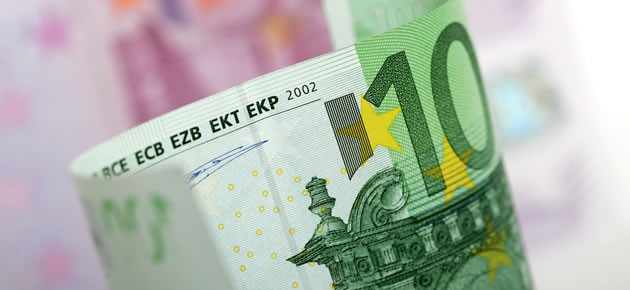With another data-heavy week ahead the Euro to AUD exchange rate began the local session holding fairly steady.
Although the Australian Dollar was close to a four-month high against its US counterpart, the South Pacific currency lost ground against several of its other rivals as a measure of Asian stocks retreated.
The ‘Aussie’ had previously achieved its highest levels against the US Dollar and Euro for all of 2014.
The news that Australia’s performance of construction index for March advanced from 44.2 to 46.2 had little impact on the nation’s currency.
Although this result was an improvement on February’s figure, the construction sector remained in contraction for a third month.
An AiG representative said this of the result; ‘As is the case with the broader economy, the rebalancing of the construction sector as mining related activity slows still has a considerable way to go. What the sector and broader economy needs, however, is a sustained recovery in new home building commensurate with average construction levels being considerably higher over coming decades than those achieved over the past 20 years.’
A separate report showed that Australian job advertisements increased by 1.4 per cent month-on-month in March following a gain of 4.7 per cent in February which was smaller than previously estimated.
Meanwhile, the Euro was boosted early into European trading as German industrial production was shown to have increased for a fourth month in February.
Production in the Eurozone’s largest economy was up 0.4 per cent from the previous month following a negatively revised gain of 0.7 per cent in January. Economists had expected an increase of 0.3 per cent.
On the year, German industrial production was up 4.8 per cent, slightly more than the annual advance of 4.7 per cent expected.
According to Bloomberg News, senior economist Christian Schulz said this of the result; ‘Germany’s economy had a super-strong winter quarter. Helped by relatively mild weather, the hard data is even exceeding the solid sentiment indicators of recent months.’
As the day continues additional Euro to Australian Dollar movement may occur following the release of the Eurozone Sentix investor confidence index for April. The sentiment gauge is expected to hold at 13.9.
Over the course of the week economic reports to be aware of include Australia’s business confidence/conditions figures, Australia’s consumer confidence measure, Germany’s trade balance data, Australia’s employment rate and the publication of the European Central Bank’s monthly report.
Euro (EUR) Exchange Rates
[table width=”100%” colwidth=”50|50|50|50|50″ colalign=”left|left|left|left|left”]
Currency, ,Currency,Rate ,
Euro,
Euro,
Euro,
Euro,
Euro,
[/table]
